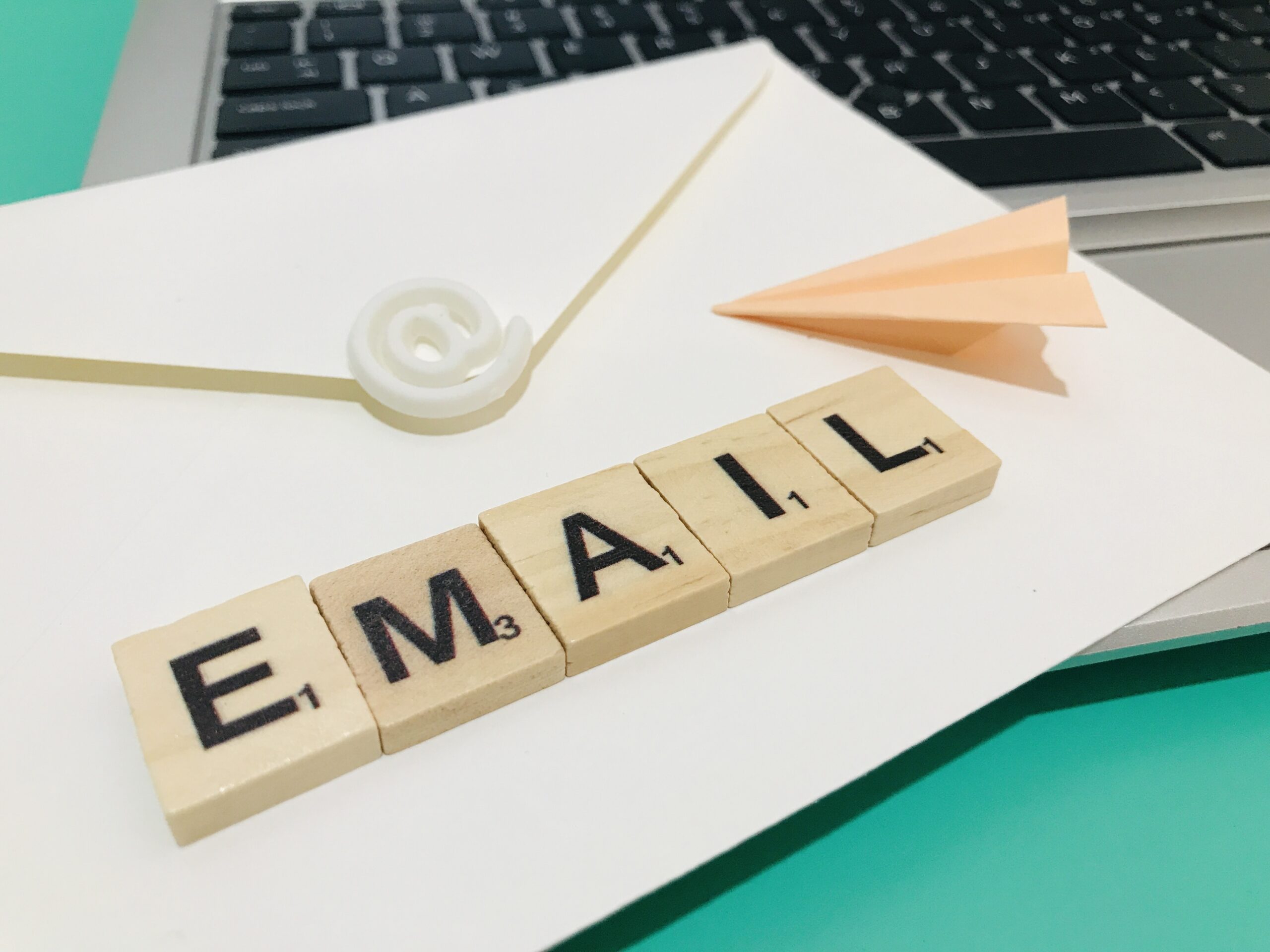If you have ever stared at a blank email draft wondering how to start, you are not alone. Email may feel old school compared to Slack, Teams, or text messages, but it is still the backbone of professional communication. People still judge you by the way you write your emails, even if they pretend otherwise. The good news? You can get better at email writing without memorizing corporate jargon or turning into a robot.
In this post, we are going to talk about writing professional emails that people actually read, understand, and maybe even appreciate. You will learn how to grab attention with the right subject line, how to avoid starting with “Hi Team,” and how to make sure your message does not get buried in the inbox abyss.
So grab your coffee, open your inbox, and let’s turn you into the person everyone loves getting emails from.
Why Should You Care About Writing Good Emails?
You probably send dozens of emails every week, and most of them are routine. Maybe it’s a project update, maybe it’s a request for approval, or maybe it’s just attaching a report that no one asked for but everyone “needs.” If your emails are unclear, too long, or badly structured, they cause confusion, delays, and frustration.
Think about the last time you received an email with the subject line “Update.” You probably groaned, opened it reluctantly, skimmed through paragraphs of text, and still had no idea what the person wanted from you. Now imagine being that person’s boss or client. Not a good look.
On the flip side, a well-written email saves time, builds trust, and makes you look like someone who knows what they are doing. In other words, writing good emails is not about being polite; it is about being effective.
Step One: Nail the Subject Line
The subject line is the headline of your email. If it is bad, people will ignore you. If it is vague, people will get annoyed. If it is wrong, people will be confused forever.
Here are some quick tricks:
- Keep it short and specific. “Budget Approval Needed by Friday” is way better than “Budget.”
- Use markers like “FYI” when the message is just information, so people know they don’t have to act.
- Avoid one-word subjects unless you want to be ignored. “Question” is not helpful. “Question about next week’s client demo” is.
- And here’s the golden nugget most people forget: if the subject no longer matches the conversation, change it. Do not reply to “Budget Draft” when you are now discussing the Christmas party. Update the subject line. Your future self will thank you when searching for that thread six months later.
Step Two: Get the Greeting Right
How you start an email sets the tone. Too casual, and you look unprofessional. Too formal, and you sound stiff. Too lazy, and you risk being ignored.
- Use the recipient’s name if possible. “Hi Alex” beats “Hi Team.”
- If writing to a group, call them out directly. “Hello Project Steering Committee” is more effective than “Hi All.”
And please, resist the temptation to write “Hey Guys” in an email to your entire department. Save that for your WhatsApp group.
Step Three: Get to the Point
Your reader wants to know one thing: why are you writing to them? Don’t make them dig through paragraphs before you reveal the purpose. State it right away.
There are three main purposes for emails:
- Information. You are sharing updates, reports, or context. Example: “I am sending the finalized schedule for review.”
- Action. You need the recipient to do something. Example: “Please approve the attached document by Tuesday.”
- Record. You are documenting a decision or agreement. Example: “This email confirms our discussion and agreement to proceed with Option B.”
Say it early and clearly. If someone has to scroll down to understand why you emailed them, you already lost.
Step Four: Use an Executive Summary When Things Get Long
Not every email can be short. Sometimes you must explain background, provide data, or summarize a meeting. When that happens, do your reader a favor and add a short summary at the top.
Think of it like the trailer for your movie. A quick preview that tells people what they are about to read and why it matters.
For example:
“Summary: Budget overrun identified. Options are A, B, C. Decision needed from leadership by Friday.”
Now the reader knows exactly what’s coming and whether they need to keep reading or just reply with their choice.
Step Five: Call for Action Like You Mean It
If your email requires someone to act, be explicit. Don’t dance around it. Don’t write “Can someone please look into this?” Assign the action.
Say: “John, please send the revised draft by Wednesday noon. Maria, please confirm client availability.”
Use bullet points when there are multiple actions. Put deadlines in bold if necessary. Make it impossible for the recipient to miss what you want.
Vague requests turn into ignored emails. Clear calls to action turn into results.
Step Six: Keep It Short and Focused
We all know the pain of opening a novel-length email and realizing the main point was buried somewhere around paragraph eight. Don’t be that person.
Here’s the rule of thumb: one email, one topic.
If you have three unrelated topics, send three short emails. People can process them faster and file them separately.
Use bullets, short paragraphs, and simple words. Pretend your reader is checking email on their phone between meetings, because they probably are.
Step Seven: Keep Your Tone Professional but Human
You don’t need to write like a lawyer unless you actually are one. But you also don’t want to sound like you are texting your roommate.
Keep it friendly but clear. Use simple phrases like “Please review” instead of “Kindly requesting your esteemed review.” The second one sounds like it came out of a dusty corporate handbook from 1982.
And remember: never put something in an email that you would not want forwarded to your boss, your client, or the internet. Emails have a sneaky way of living forever.
Step Eight: Format for Readability
No one loves giant blocks of text. Use spacing, bullets, and bold headings. This makes your email scannable and saves everyone time.
Highlight key deadlines or decisions. But don’t go wild with colors or fonts. An email that looks like a circus poster will not make you memorable; it will just make people close it faster.
Step Nine: Handle Attachments Like a Pro
Attachments are useful, but they can also be a nightmare if not managed properly.
- Name your files clearly. “Budget_v2_Sept25.xlsx” is a lifesaver. “Finalfinal.xls” is a tragedy.
- Mention attachments in the body. “See attached budget spreadsheet” prevents the “Did you forget to attach the file?” reply.
- If the attachment is long, summarize the highlights in the email itself. Nobody has time to open a 50-slide deck just to know what you want.
Step Ten: Proofread Before You Hit Send
This step may feel boring, but it matters. Check names, check spelling, and check tone. A wrong name at the start can kill credibility faster than any typo.
Reread the message and ask: “If I received this, would I know what to do next?” If the answer is no, rewrite it.
Bonus Tips That Will Make You Look Like a Pro
- Send emails at smart times. Don’t drop non-urgent notes at midnight. Schedule send if necessary.
- Use CC wisely. Don’t CC the whole company if only two people care. It makes you look careless.
- BCC carefully. It can be useful but dangerous. Don’t use it to secretly loop in people unless absolutely necessary.
- Stay on topic in threads. If the conversation changes, start a new thread with a new subject line.
- Use the two-minute rule. If explaining something takes more than two minutes, maybe just call instead of writing a novel.
Putting It All Together: The Golden Rules
Let’s wrap up with a simple checklist you can use before hitting send:
- Is the subject line specific and accurate?
- Did I greet the right people?
- Did I state the purpose immediately?
- Did I keep it short and clear?
- Did I use bullets for multiple actions or points?
- Did I assign actions with names and deadlines?
- Did I proofread for tone, clarity, and errors?
If you can check off these seven points, your email is ready for prime time.
Final Thoughts
Writing effective professional emails is not rocket science, but it is an underrated skill. Most people just type and send without thinking, and that is why so many inboxes are cluttered with confusing, vague, or unreadable messages. You don’t have to be one of them.
By paying attention to subject lines, keeping your emails short and clear, and being crystal about actions, you will stand out. You will also save yourself and your colleagues a lot of time.
And remember the ultimate rule: if the subject line is wrong, change it before replying. Threads should be clean, searchable, and future-friendly.
So go ahead, open your inbox, and try applying just one or two of these tips today. Watch how much smoother your communication becomes and how much more respect you earn. Your colleagues may not say it out loud, but trust me, they will notice.
Copy and save the checklist below:
How To Land the Job and Interview for Project Managers Course:
Advance your project management career with HK School of Management’s expert-led course. Gain standout resume strategies, master interviews, and confidently launch your first 90 days. With real-world insights, AI-powered tools, and interactive exercises, you’ll navigate hiring, salary negotiation, and career growth like a pro. Enroll now and take control of your future!
Golden Rules for Writing Effective Professional Emails
Keep this short checklist nearby as a reminder of the essentials:
• Clear Subject Line: Be specific, searchable, and update it if the topic changes.
• Direct Greeting: Address people by name; match tone to audience and context.
• Purpose First: State immediately if your email is for Information, Action, or Record.
• Summarize When Needed: For longer emails, add an executive summary at the top.
• Explicit Actions: Assign tasks clearly, with names, deadlines, and accountability.
• Be Concise: One email = one topic. Use bullets instead of long paragraphs.
• Professional Tone: Stay polite, factual, and clear—avoid vague or emotional wording.
• Readable Format: Use white space, bullets, and bold for scanning; highlight deadlines.
• Handle Attachments Wisely: Label clearly, mention them in the body, and summarize content.
• Proof Before Sending: Check names, spelling, and clarity. Ask: “Would I know what to do?”
• Extra Habits: Time emails thoughtfully, CC only when necessary, keep threads tidy, and switch to a call if it takes too long to explain.
Coupons
Coupon code: BFFCDF2824B03205F986
Details: Custom price: $12.99
Starts 11/22/2025 12:50 PM PST (GMT -8)
Expires 12/23/2025 12:50 PM PST (GMT -8)
PMP Certification Preparation Tests
Coupon code: AD730C2FF1894D47152C
Custom price: $14.99
Start date: November 28, 2025 12:43 PM PST
End date: December 29, 2025 12:43 PM PST
Agile Project Management and Scrum With AI – GPT
Coupon code: D15FD35B35A91EEFD12C
Details: Custom price: $12.99
Starts 11/22/2025 12:48 PM PST (GMT -8)
Expires 12/23/2025 12:48 PM PST (GMT -8)
Leadership for Project Managers: Leading People and Projects
Coupon code: 2D8DCCC495C113375046
Details: Custom price: $12.99
Starts 11/22/2025 12:48 PM PST (GMT -8)
Expires 12/23/2025 12:48 PM PST (GMT -8)
How To Land the Job and Interview for Project Managers
Coupon code: 0A7CD3D5BB9A3D2C9B60
Details: Custom price: $12.99
Starts 11/22/2025 12:53 PM PST (GMT -8)
Expires 12/23/2025 12:53 PM PST (GMT -8)
Coupon code: 17C5D2EDA4C670729592
Details: Custom price: $12.99
Starts 11/22/2025 12:48 PM PST (GMT -8)
Expires 12/23/2025 12:48 PM PST (GMT -8)




